|
|
|
Human activities create pathways for viruses
|
|
COVID-19 — the virus behind the current pandemic — is only the latest virus to cross over from bats to human populations. Farming, animal trade, global travel, hunting and habitat destruction, among others, put us in close contact with the sources of several viruses. Ebola, SARS and MERS were among the viruses that affected human populations globally. But what is it about bats that make them a regular source of deadly disease? Today in The Conversation Canada, cellular microbiologist Narveen Jandu of the University of Waterloo takes a look at how
these viruses make their way into human populations.
Also today:
Regards,
|
Nehal El-Hadi
Science + Technology Editor
|

|
|
Coronavirus News
|
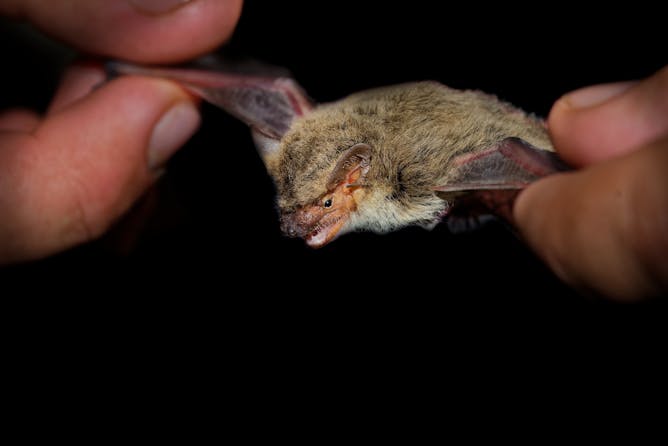
The Egyptian pipistrelle bat is one of seven bat species associated with spreading the coronavirus Middle East Respiratory Syndrome.
(Shutterstock)
Narveen Jandu, University of Waterloo
Bats have been the reservoir for recent disease outbreaks, including SARS and the current COVID-19 pandemic. But it's human activity that allows the virus to cross over.
|
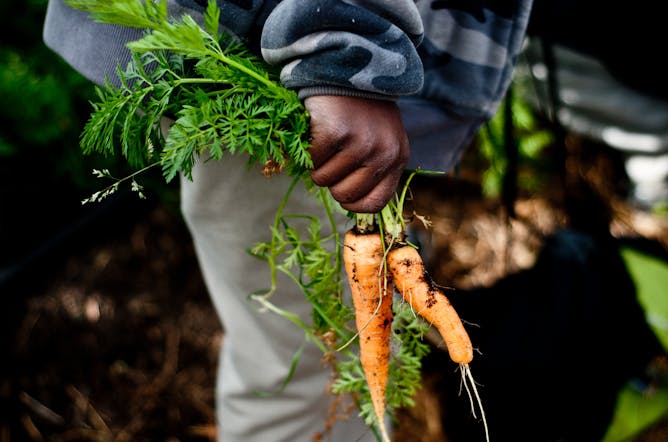
City gardeners are dependant on wild insects to make their gardens thrive.
(Shutterstock)
Sheila Colla, York University, Canada
Victory gardens were popular during wartime, and have made a comeback during the current pandemic.
|
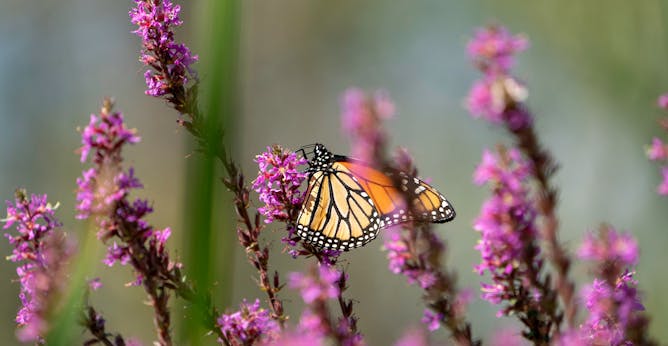
Cedar Street Elementary School in Beloeil, Que, developed a butterfly and bird perennial garden. Here, a monarch butterfly.
(Shutterstock)
Blane Harvey, McGill University; Emily Diane Sprowls, McGill University; Ying-Syuan (Elaine) Huang, McGill University
Picture this change: Through collaborative garden networks, teachers, schools, children, community partners and universities inspire real learning and transformation for a more sustainable world.
|
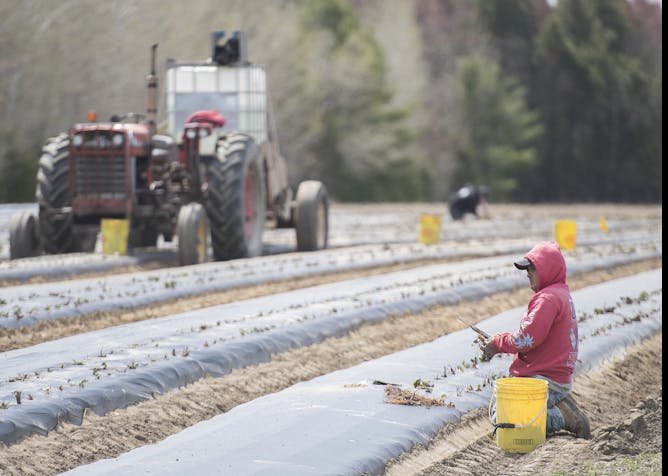
A temporary foreign worker from Mexico plants strawberries on a farm in Mirabel, Que., on May 6, 2020, during the COVID-19 pandemic.
THE CANADIAN PRESS/Graham Hughes
Bethany Hastie, University of British Columbia
Now that the pandemic has made migrant workers visible in Canada, as well as the true value of the work they do, it's time to dramatically improve their working conditions.
|
Non-Coronavirus News
|

Newfoundland and the Canadian mainland, photographed from NASA’s Terra satellite on March 31, 2004.
(Jacques Descloitres, MODIS Rapid Response Team, NASA/GSFC)
Alexander Lewis Peace, McMaster University
New research has found that the continents ended up where they are today because of previous plate tectonic processes that controlled how Pangaea broke apart.
|
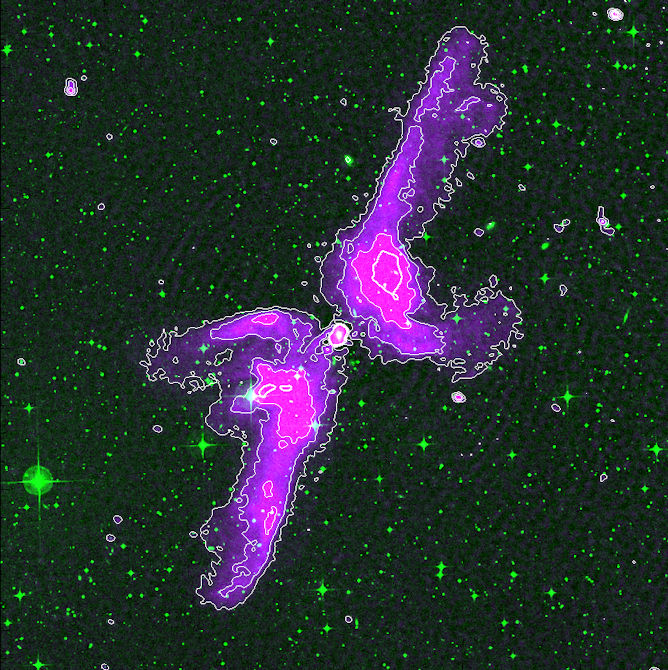
Baerbel Koribalski, CSIRO
Like a cosmic butterfly in the sky, radio galaxy PKS 2014-55 was observed by CSIRO researchers with the Australian SKA Pathfinder telescope.
|
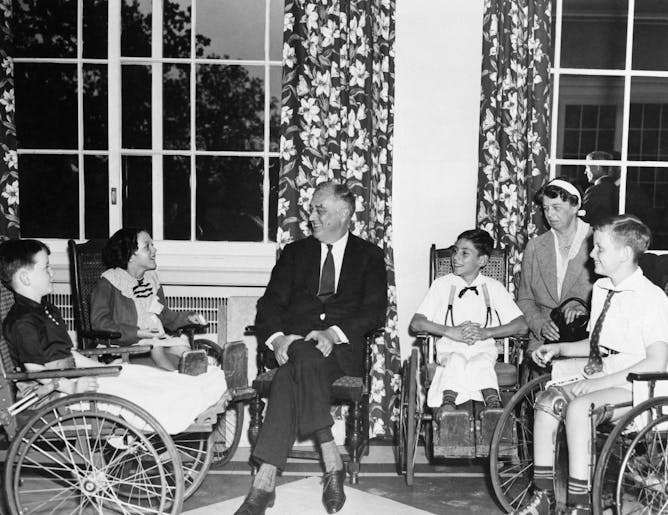
President and Mrs. Roosevelt enjoying after-luncheon conversation with patients of the Warm Springs Foundation.
Bettmann/Contributor via Getty Images
Thomas Doherty, Brandeis University
Franklin Delano Roosevelt’s personal battle with polio, and his steady hand while overseeing a national eradication campaign, highlights decisive leadership against a virus that terrified America.
|
La Conversation Canada
|
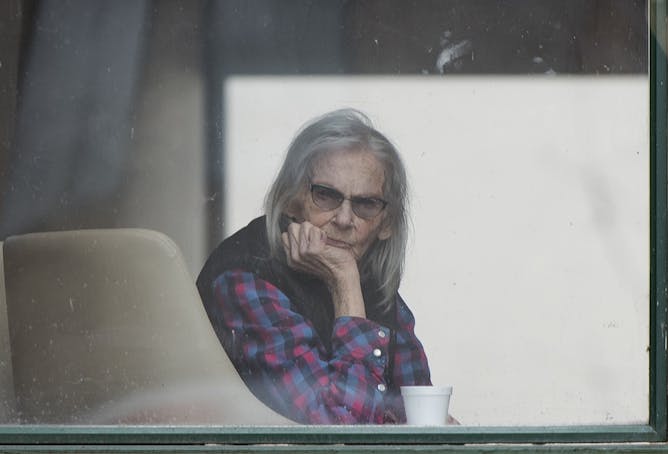
Qu'avons-nous fait de nos personnes âgées? Comme des milliers d'autres, cette femme âgée vit en CHSLD, au tristement connu Herron. La photo a été prise le 12 avril, au moment de la crise sanitaire qui y sévissait.
La Presse Canadienne/Graham Hughes
Francis Etheridge, Université de Sherbrooke ; Flavie Lemay, Université de Montréal; François Aubry, Université du Québec en Outaouais (UQO); Yves Couturier, Université de Sherbrooke
La crise actuelle en CHSLD a levé le voile sur leur fragilité. Seul un engagement politique à résoudre leurs problèmes de fond pourra diminuer la souffrance des travailleurs et des résidents.
|
| |
| |
| |
| |
| |
| |
|
|
|
|
|
|
|